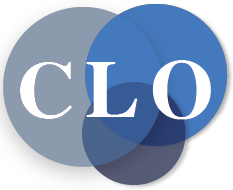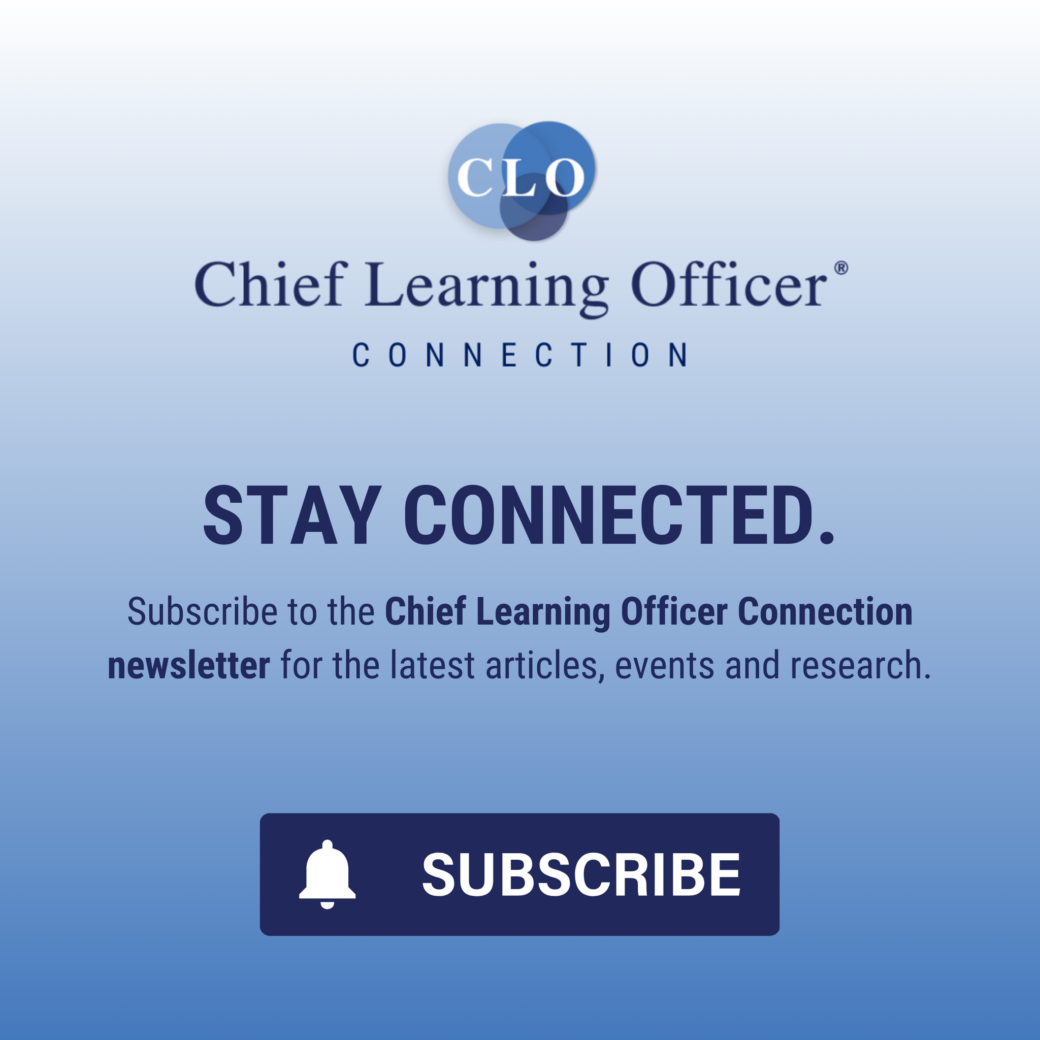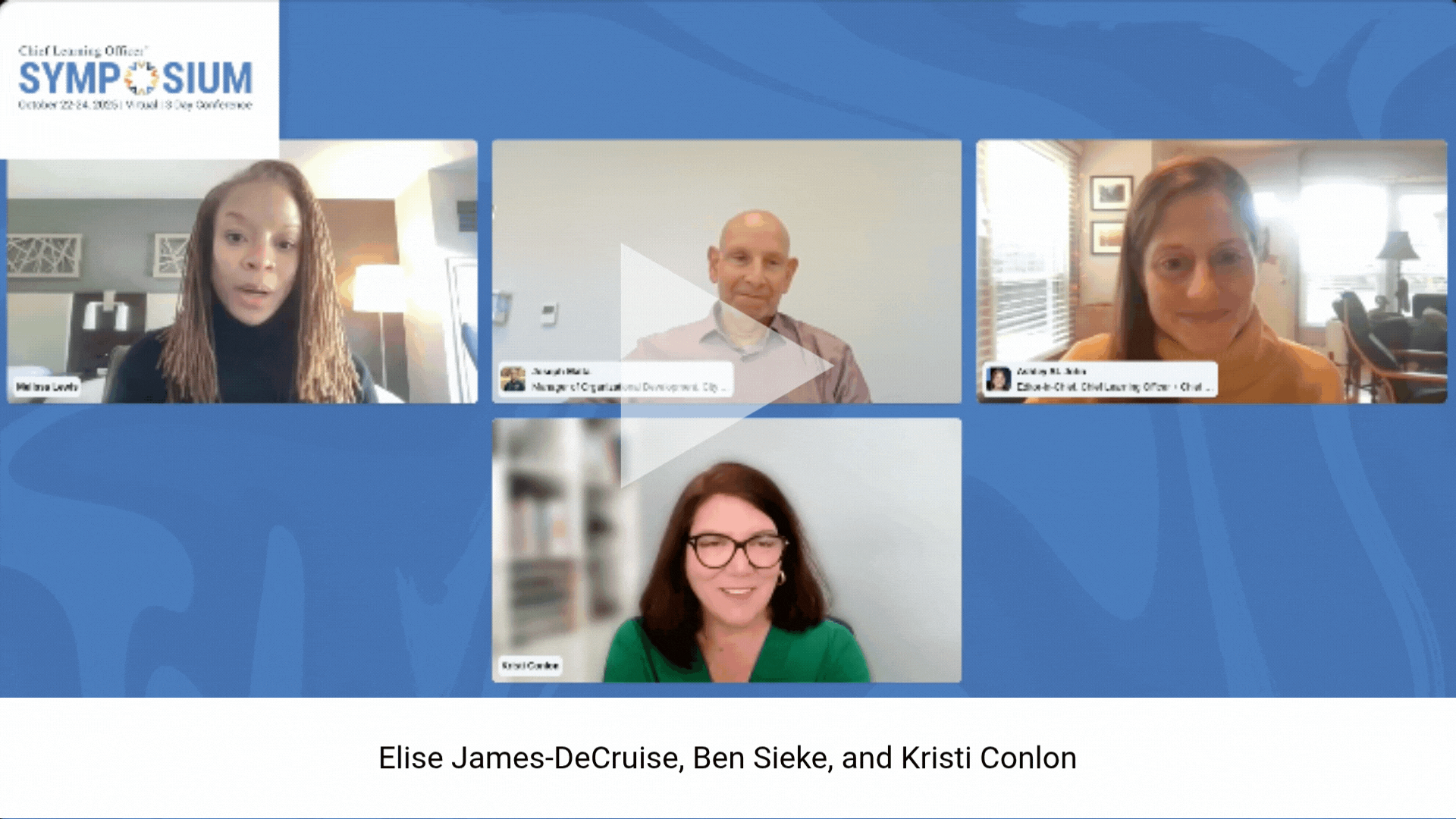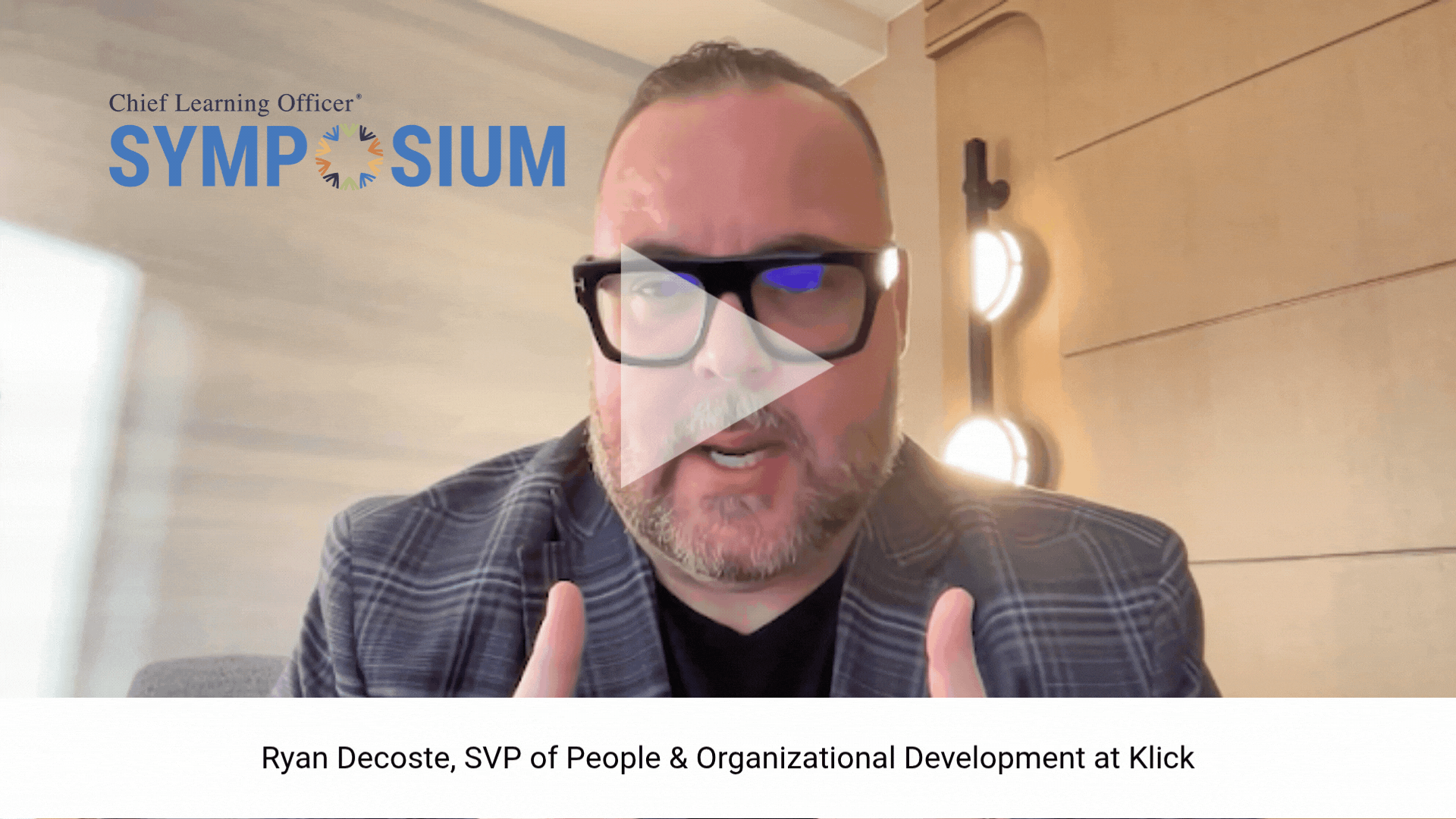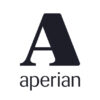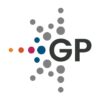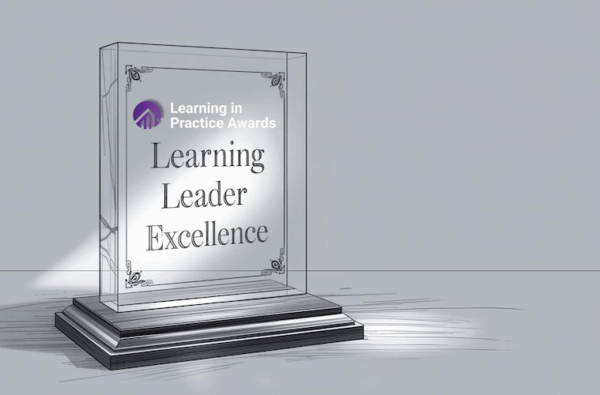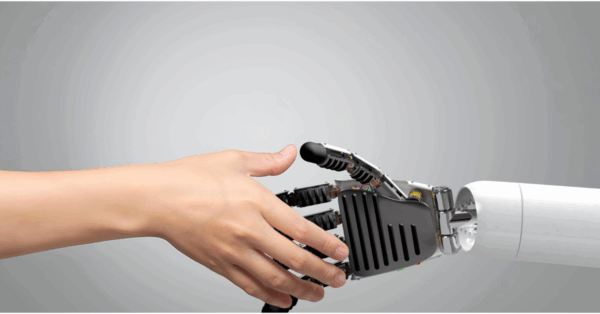One common challenge for leaders is how to approach the concept of failure. The mantra takes many forms, like “move fast and break things” or “fail fast,” the idea being that we learn from failure and improve.
But what goes unspoken is usually the final word of the mantra: non-catastrophically. If we’re upgrading the customer database and we fail fast and delete it, never to be recovered, we have a problem. This is an unsafe failure.
In thinking about this within my own teams, I began to systematize failing safely, developing acceptable safety thresholds, or the outer limits of risk or negative impact that can be tolerated. Beyond this threshold, failure is detrimental, but within it, failure is encouraged to improve through learning.
To determine a safety threshold, we must also consider an individual’s competence because one mode of failure occurs when a task is outside an individual’s comprehension (there are other modes, like if failure occurs due to an external dependency), so if a failure occurs outside of that boundary but within the safety threshold, we have an exciting opportunity to learn.
The zone of acceptable failure
The zone of acceptable failure, or ZOAF, is the overlapping region between the safety threshold and the boundary of knowledge, where a person can push past their boundary of knowledge without incurring intolerable risk.
The ZOAF is a rich environment to facilitate learning. As the boundary of knowledge approaches the safety threshold, we can expand the threshold and again close the gap with more learning. Modeled on Lev Semenovich Vygotsky’s zone of proximal development, which represents the space between what a learner can do unsupported and what the learner cannot do even with support, the ZOAF differs in two ways.
First, the concept of scaffolding, or support points for performing an action, is functionally eliminated, because in real-world workplace scenarios, scaffolding doesn’t usually occur in the way Vygotsky presents. To continue the database example, scaffolding could take the form of a senior database administrator tapering off assisting a junior administrator over time to improve the junior’s competence. In workplace experimentation, this type of scaffolding is unusual, more often taking the form of task-based instruction at the moment of execution.
Second, it assumes that the learning is entirely self-directed, meaning that when failure occurs, the learner themselves is competent enough to diagnose the root cause, often without direct support for learning.
The size of the ZOAF depends on context. It can be large for a team of instructional designers tasked with creating a corporate learning program because they can do all kinds of experiments with all sorts of feedback loops, and if something doesn’t work, it’s easy to go back to the drawing board to improve the next iteration. The ZOAF becomes razor thin for a team of surgeons performing a 20-hour brain surgery, and feedback loops are urgent and highly consequential. Our job as leaders is to determine how big the zone of acceptable failure is and when it can be adjusted. Industries where risk avoidance is vital can have larger ZOAFs in training or simulation scenarios.
One benefit to creating a ZOAF is that it develops psychological safety: Your team knows that within the zone, failure won’t be penalized. Another benefit is that a ZOAF develops judgment and experience, important developmental markers of expertise. A ZOAF allows you to observe weaknesses and create powerful learning opportunities, things that are harder to do when you’re outside of it. Being outside the safety threshold makes development more difficult because learning is less likely to occur in times of stress.
In their book “Scarcity: Why Having Too Little Means So Much,” Sendhil Mullainathan and Eldar Shafir suggest that when we experience scarcity-induced pressures—for example, in scrambling to recover the database from earlier, an urgent task, we’d be experiencing time scarcity—we tend to stick to our routines, even if those routines cause the pressure or stress in the first place. They call this phenomenon the “tunnelling tax” because we focus on whatever is in our tunnel and ignore everything outside of it, affecting how we make decisions.
When we’re operating outside of the safety threshold, the stakes are high, the pressure is on, and experimenting becomes less likely because we’re experiencing all types of scarcity. The ZOAF enables adjustments in an environment that supports growth because it can eliminate scarcity, or what might be termed constraints in workplace parlance.
Judgment is an abstract phrase and generally suggests that a decision or series of decisions someone made had a good outcome: An Uber driver decided to take an alternate route that saved you time; they used good judgment. But if they made all the “right” decisions and the outcome was still bad (say, because an uncontrollable dependency had a negative effect, like there was an accident on their alternate route), would they have used bad judgment? This example illustrates the importance of evaluating the decision process in addition to the outcome, and evaluating decisions within the ZOAF helps us refine the decision-making process without undue pressure from uncontrollable outcomes. The focus is on whether the team followed a robust methodology, not just whether the result was good or bad.
The consequences of this model are powerful. First, it places the focus on making good decisions, which are crucial to every outcome. Second, it reduces the fear of failure of an uncontrollable bad outcome, which enables more experimentation, risk-taking and outside-the-box thinking, which are all developmental opportunities that occur within the ZOAF. Finally, post hoc evaluations are fairer because the evaluation criteria become standardized.
Here’s how a systematic decision-making methodology within the ZOAF helps build judgment, and you’ll see how judgment is transformed into a series of actions and behaviors that can be evaluated independently of outcome. Evaluating decision-making success or failure within the ZOAF allows us to fine-tune and reinforce critical processes so that when we’re outside of it and in the tunnel, the routines we fall back on are the ones that have been systematically developed. In other words, we let our training take over.
An example decision-making framework to use in the ZOAF, with a worked example:
- Define the problem. Look for whether there’s a problem definition at all, what it is and how it was created. Not everything needs to be “right,” but a logical, systematic approach should be used to whittle the problem down to the right one.
“We need to reduce call-center wait times by 25 percent.”
Identify the criteria. Were the problem’s component parts identified, and how?
Cost, existing staff capabilities, software constraints, etc. - Weigh the criteria. How are the criteria being prioritized? By importance, urgency, complexity and impact?
Cost vs speed: Which is more important? - Generate alternatives to the criteria or weight. This step is important because it involves understanding the consequences of the criteria or their alternatives, clarifying uncertainties, considering risk tolerance and considering criteria in the broader ecosystem.
Hire more staff, automate processes, outsource, etc.
Rate each alternative/criterion.
Evaluate each alternative’s feasibility, cost, time-to-implement, etc. - Compute the optimal decision.
Decide on the highest-value or best trade-off solution.
A decision-making methodology is important because it is subject to continuous improvement. A formalized process also helps decision-makers avoid common cognitive biases that can lead to bad decisions. The goal is not to always find the perfect solution, but to follow a robust decision-making process that’s open to iteration so that if the decision fails, it’s not catastrophic.
The ZOAF can also be a valuable tool for developing the ability to abstract and infer certain salient features of a situation because of past experiences that don’t occur to individuals who aren’t yet experts. The ZOAF allows us to create feedback loops for complex situations in a controlled environment, so when a novel situation is encountered beyond its threshold, the individual’s prior knowledge developed within the ZOAF enables a more mature understanding, subtler discriminations and finer-tuned associations to the new context. Individuals will be more ready to act on what they do know and have a better idea of what they don’t know.
A zone of your own
By creating a zone of acceptable failure, you create a safe, efficacious environment to develop the critical features of an expert and reap the amplified benefits of a holistic learning ecosystem that systematically develops expertise, psychological safety, a desire to learn and enthusiasm for doing challenging things.
Here’s how you can create a zone of acceptable failure:
- Clarify boundaries. Know what’s safe to fail and where competence lies.
- Adapt based on risk. Adjust the ZOAF size to the context and stakes.
- Encourage safe failure. Normalize experimentation and remove the fear of punishment.
- Use structured frameworks. Guide thinking processes without micromanaging.
- Support autonomy. Trust the team to learn and recover from their own mistakes.
- Reflect and refine. Use feedback loops to reinforce learning and resilience.
In your own practice, can you identify a single project or goal in your next planning session that falls within your own or your team’s ZOAF? Let them experiment, learn from mistakes and refine their approach. You’ll see how productive “failure” can truly be.
